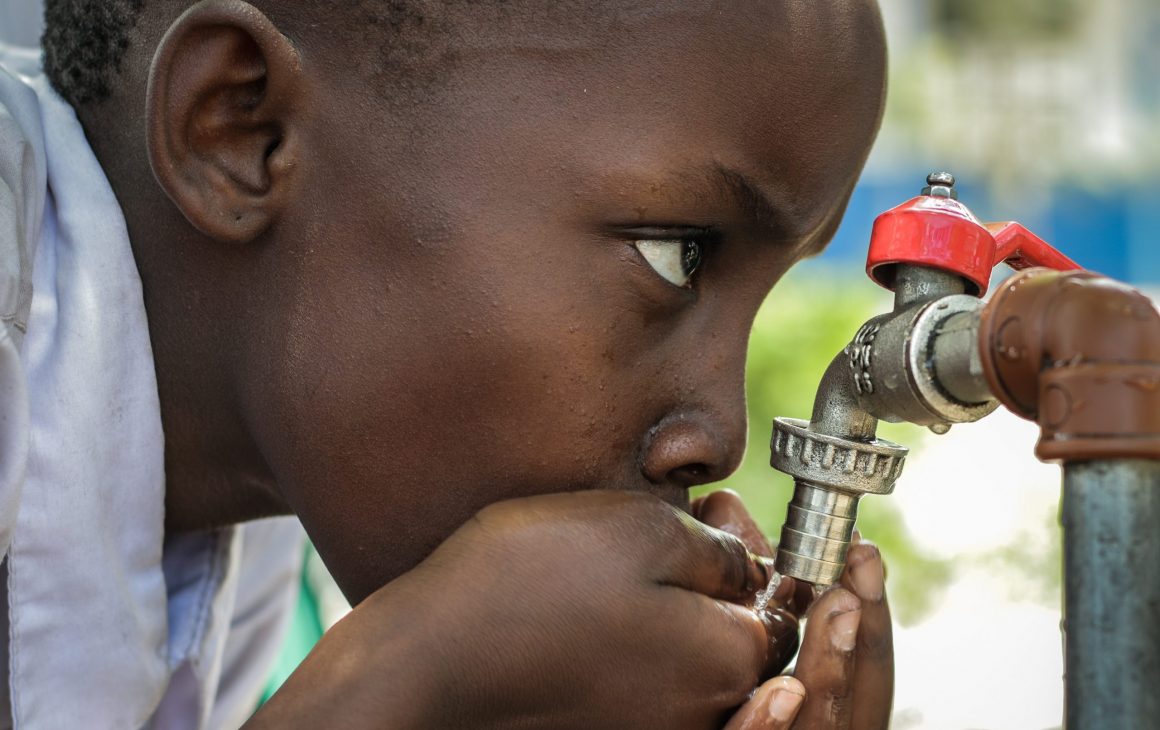Because all life form depends on water, the hydrological cycle determines how the environment works; in other words, water makes life possible.
Vegetation and soils which are an integral part of the environment determine the movement of water. A good understanding of the role of the environment and therefore of biodiversity in the hydrological cycle allows better decisions to be made when the development of water policies and practices.
Every glass of water we drink is, at least in part, already passed by fish, trees, bacteria, soil and many other organisms, including humans. Passing through these ecosystems, water is purified and made suitable for consumption human. With few exceptions, the natural environment in its initial state provides, in streams, lakes or springs, water which can be consumed without risk. This source of water is a “service” (which benefits human beings) rendered by the environment. Biodiversity is what enables nature to provide this service thanks to the permanent recycling of water through the hydrological cycle.
Humans alter almost every aspect of the hydrological cycle and of the ecosystem of which it is part by taking water for different uses, using it excessively and degrading the environment that provides it. In fact, the loss rate of the biodiversity of freshwater ecosystems is the highest of all biomes. Limited access to drinking water is, in most cases, directly attributable to human behavior, according to the Convention on Biological Diversity



Leave a Reply